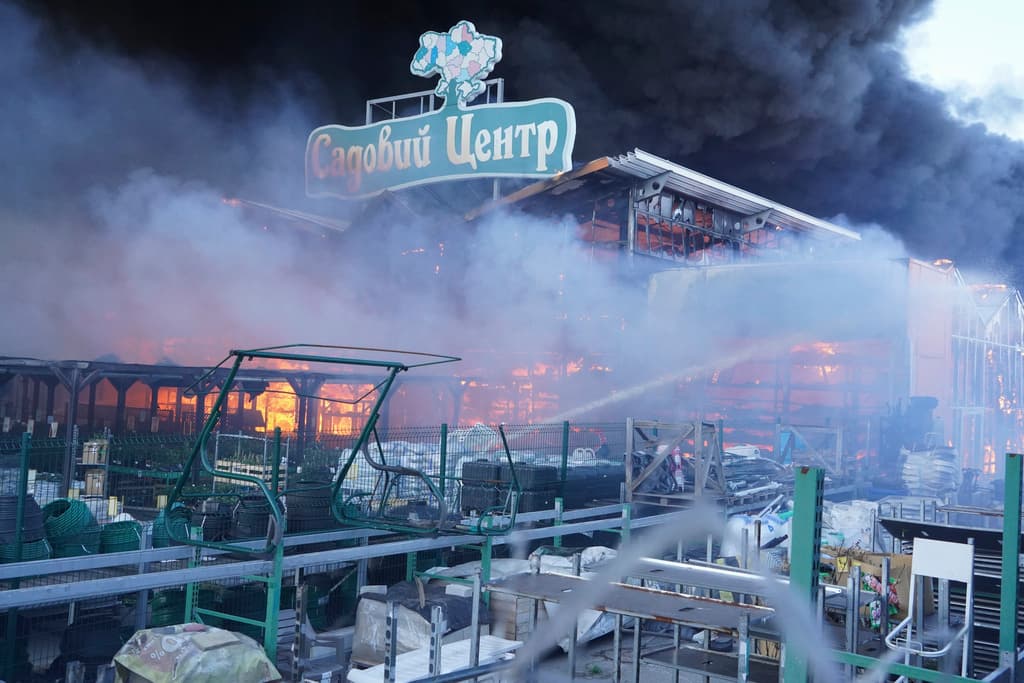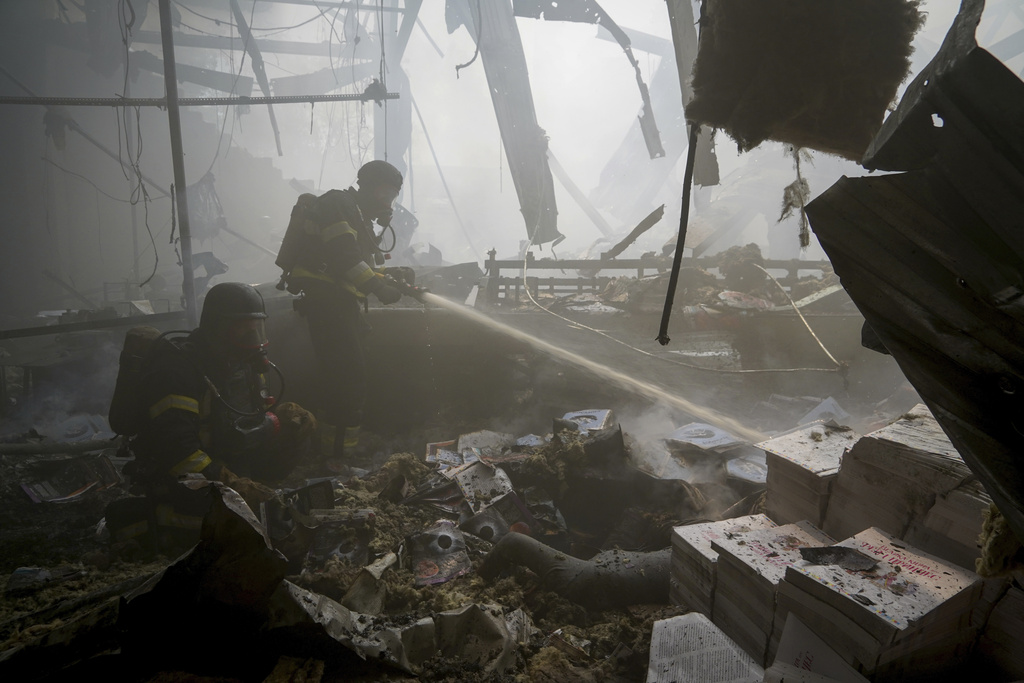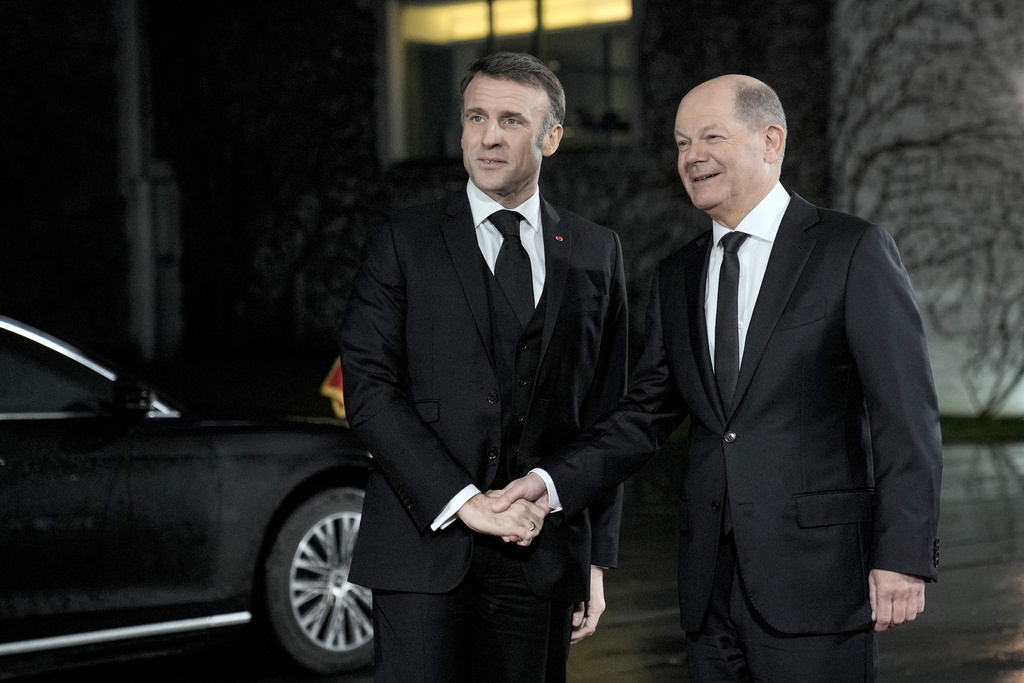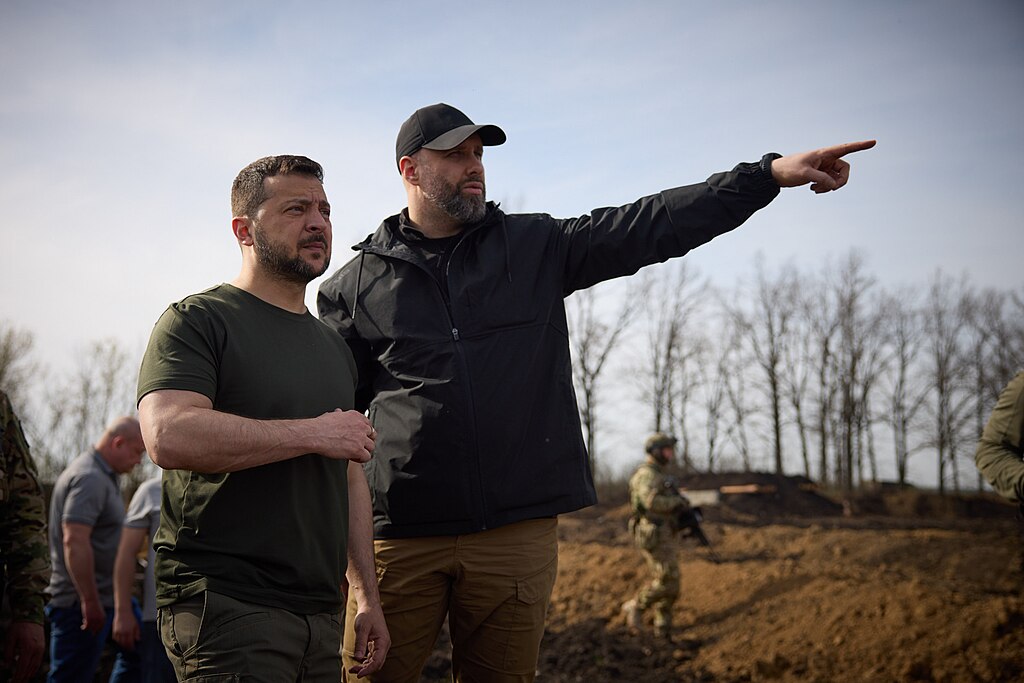Washington, Crossing a Kremlin Red Line, Allows Ukraine To Launch American Missiles Against Targets in Russia
The policy change is restricted to the Kharkiv front and is dictated largely by the region’s unique geography — just 12 miles from the Russian border.

Opening a new American chapter in the 27-month-old Russia-Ukraine war, the Biden Administration has authorized Ukraine to use American-supplied missiles to strike targets inside Russia. The policy, announced yesterday afternoon at Washington, was triggered by Moscow opening a new front in Kharkiv Region, home to Ukraine’s second-largest city.
The policy change is restricted to the Kharkiv front and is dictated largely by the region’s unique geography. Located 12 miles from the Russian border, the city has seen its eastern suburbs devastated by cross-border shelling from Russian howitzers out of reach of Ukrainian forces.
Prior to the May 10 cross border incursion, Ukrainian military intelligence said they saw Russia massing troops in marshaling grounds just over the border. Russian artillery set up in Belgorod, out of range of Ukrainian artillery. When Ukrainians used earth moving equipment to dig defensive trenches, Russian artillery opened up with devastating effect.
When the invasion came, the Russians crossed the border in small units covered by Russian war jets flying in Russian airspace. The jets unleashed GPS-guided bombs that glided across the border and hit with devastating effect.

Now, under the new policy, Ukraine will be able to use American missiles to shoot down Russian warplanes flying in Russian airspace. On the ground, Ukrainian artillery crews will be able to fire across the border with the highly accurate High Mobility Artillery Rocket System, or Himars.
Targets are to be ammunition depots, electronic warfare units, and troop concentrations. They will not be able to use the Army Tactical Missile System, which would allow deep strikes into Russia, as far as 200 miles east.
Entering into effect today, the new policy change caps a week where European support had snowballed. Public opinion was galvanized by Saturday’s bombing in a Kharkiv suburb of targets including a hardware store. Amply documented in the world press, the bombing, by a pair of air launched glide bombs killed 19 people.
After the bombing, country after country in the 32-nation NATO alliance announced that they were authorizing Ukraine to use their weapons to attack military sites inside Russia. By yesterday morning, the list had grown to 13. Included were such NATO heavyweights, such as Britain, Canada, Denmark, France, the Netherlands, Norway and Sweden.
The ban on hitting Russia forces Ukraine to fight “with one hand tied behind its back,” the Dutch defense minister, Kajsa Ollongren, said this week. She authorized Ukraine to use Dutch military aid it sees fit and appealed to the rest of NATO, saying lifting restrictions “should not be subject to debate.”
President Macron of France agreed, arguing for restricted use of French cruise missiles. “We should allow them to neutralize the military sites from which the missiles are fired and basically the military sites from which Ukraine is attacked,” he said Tuesday at a joint press conference near Berlin with Chancellor Scholz of Germany. “We should not allow other targets in Russia to be hit, civilian capacities of course, or other military targets.”

Mr. Scholz said he agreed. However, his position was moot because he has refused to donate long-range missiles to Russia, notably the Taurus, which could potentially hit Moscow or take out the Kerch Bridge, linking Crimea and Russia’s mainland.
“Part of the border is actually the front line,” NATO’s secretary general, Jens Stoltenberg, told reporters at Brussels on Tuesday as reports emerged of Russia preparing another attack on northern Ukraine. “Therefore, of course it will be very hard and difficult for the Ukrainians to defend themselves if they cannot hit military targets just on the other side of the border. These may be missile launchers. It may be artillery. It may be airfields which are used to attack Ukraine.”
Mr. Stoltenberg essentially was lobbying his boss, President Biden. Washington pays for about two-thirds of NATO’s budget and supplies about half of Western military aid to Ukraine. The alliance does not supply weapons to Ukraine. Donor countries set conditions on their use.
While Biden Administration officials debated the policy behind closed doors, Republican and Democratic congressional representatives sent a letter to the defense secretary, Lloyd Austin, demanding a change. For over a year, Russia bombed from its own soil Ukrainian military and civilian targets with foreign-made munitions — North Korean ballistic missiles and Iranian Shahed drones.
The idea that Ukraine would do the same enrages the Kremlin. On Tuesday, Mr. Putin said Europe’s NATO countries are playing with nuclear fire. “This constant escalation can lead to serious consequences,” Mr. Putin said during a visit to Uzbekistan. “In Europe, especially in small countries, they should be aware of what they are playing with,” he said. In a clear reference to the destructive power of nuclear bombs, he noted that many European countries have “small territories” and “dense populations.”

The next day, the leader of one small European nation with a dense population, Belgium’s prime minister, Alexander De Croo, talked to reporters about the planned transfer of 30 US-made F-16 war jets to Ukraine over the next five years. “Everything covered by this agreement is very clear: it is for utilization by the Ukrainian defense forces on Ukraine territory,” he said, ruling out any use in Russian airspace.
This was not enough for the Kremlin. The next day, Russia’s foreign minister, Sergei Lavrov, told state-run news agency Ria Novosti that Moscow will see delivery of the aircraft as “a signal action” by NATO “in the nuclear sphere.” He added that “We hope the Russian-Belarusian drills on the use of non-strategic nuclear weapons that are underway now will knock some sense into our opponents by reminding them about the catastrophic consequences of further nuclear escalation.”
Prominent Russian TV presenter Dmitry Suslov proposes that the Kremlin go beyond nuclear training exercises and stage a “demonstrative” nuclear bomb test. The last time Moscow held such a test was in 1990 in the waning days of the Soviet Union. The site was Novaya Zemlya, Russia’s Arctic archipelago.
One year ago, Ukraine started using American-supplied missiles to devastate Russian air bases and naval stations on Russia-controlled Crimea. For Mr. Putin, this was crossing a red line. However, in the eyes of the world and America, Crimea is sovereign Ukrainian territory. Now, the world waits to see how the Kremlin will respond to the West crossing Russia’s latest red line.

